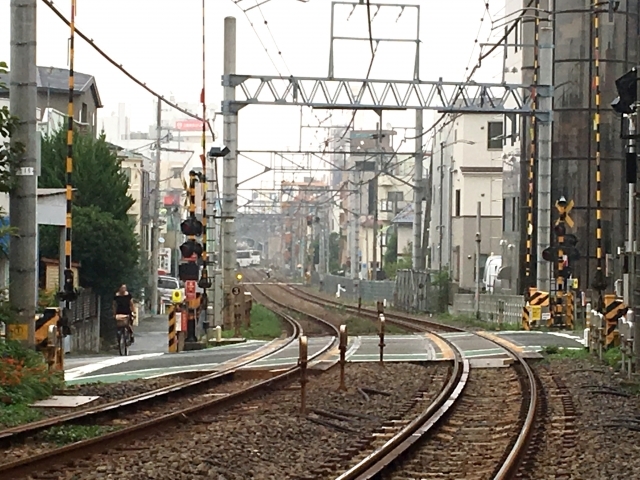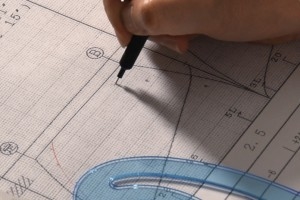Blog
Learn the secret of the safety punctuality and comfort of Japanese railways.
Transit Scheduling Systems Optimize Operations
No. 1: Run Curves and Timetables (1)
This article will discuss the run curve creation, the first step in the transit scheduling process.
Run curves are essential for accurate timetable creation

A run curve (also known as running curve, driving curve, or speed profile) is a speed and running time vs. distance graph resulting from a simulation of a trainset running from one station to another. Run curves is used for evaluating trainset performance in the railway, or for providing driving information to Driving Assistance Systems (DAS) or Automatic Train Operation (ATO) systems. However, for transit scheduling, the most important value derived from the run curve is the running time, which is simply the calculated time it would take a trainset to travel from one station the next. In general, run curve creation for all combinations of trainsets and operable routes in the train line is the first part of the transit scheduling creation process.
Some may wonder - why is such complex simulation work required just for scheduling trains? Isn't it possible to create without simulating run curves? Why can't one simply assign arrival and departure times at pre-determined intervals at each station; for example, arrival times in Station A at 10:00 a.m., Station B at 10:10 a.m., and Station C at 10:20 a.m? Yes, you can probably do that, but only if all stations were equidistant from each other and that the train tracks are perfectly straight and smooth. Otherwise, it would be a terrible idea.

The reality is that the distances from station to station can vary greatly, and rail lines are never completely straight as there will always be curves and inclines. When making round trips on the same tracks, more time would be required to climb a hill than to descend it. Acceleration speed also depends on the number of passengers riding on a train, as well the type of trainset being used. In short, running curves and running times would greatly vary depending on many factors such as track conditions, trainset characteristics and operating conditions, and this in turn would affect the timetable. Therefore, a run curve must be first created taking into account all of these exact conditions.
In the past, run curves had to be drawn by hand, and it would require a great deal of work for railway professionals. It was very prone to human errors, and if new conditions would be added later, all of the calculations would have to be redone and the timetable would have to be remade. That's why even professionals who have worked with running curves for many years require a lot of time to do this work. When making a running curve for the first time, novices may not know where to start. Even if they learn by observation how to complete a run curve, many revisions would probably be required afterwards.
That is no longer the case nowadays, thanks to run curve calculation systems. One simply has to input the necessary information into the run curve system, such as train performance and track conditions, and the run curve system will be able to precisely calculate the run curves and and running times. If it is necessary to add new conditions, they can be input to re-calculate the results without any need for additional labor. Since no additional time is required to make adjustments and produce timetables, resources can be allocated to other tasks. Run curve systems help produce the most fundamental data in railway operations with high accuracy and high speed that cannot be achieved by hands.
Next, we will introduce the timetables that are linked with the run curves.



